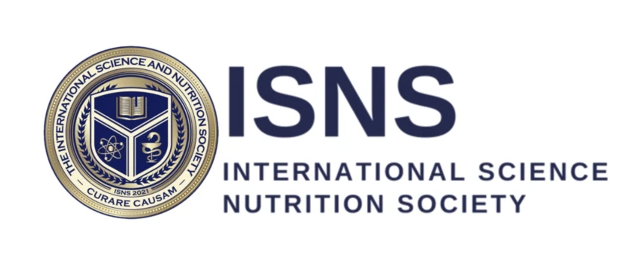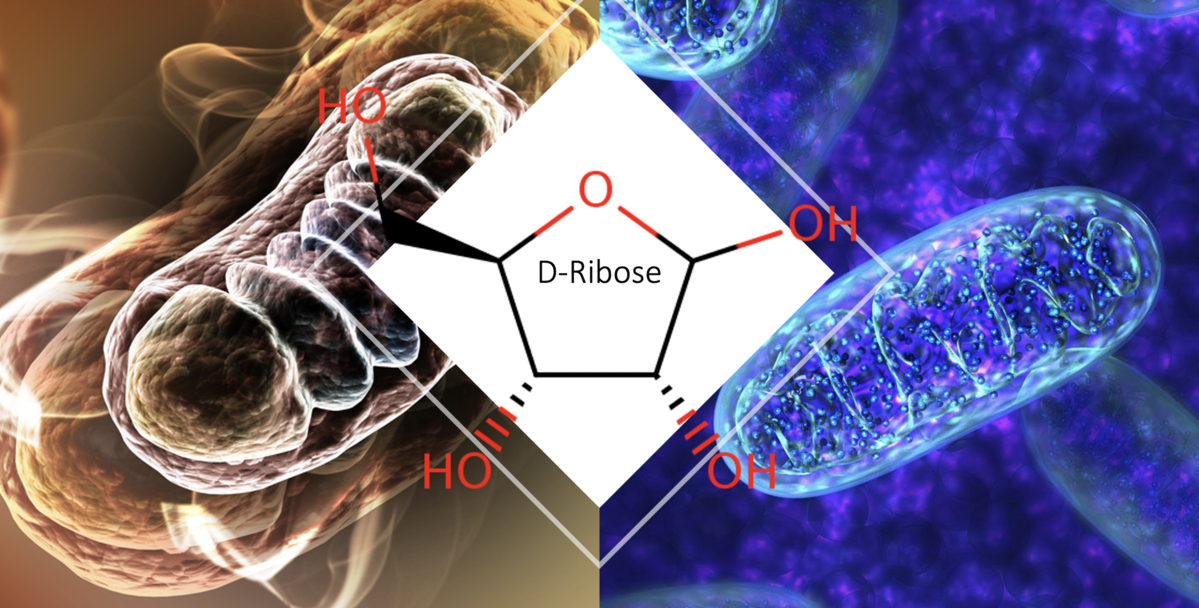5 Emerging Benefits of D-Ribose
Grant Tinsley, PhD
D-ribose is a sugar molecule of vital importance. It is part of a person’s DNA and also makes up part of the cells’ primary energy source, adenosine triphosphate or ATP. Some people believe that D-ribose supplements can improve exercise and health performance. There are five potential benefits of D-ribose. It may help recovery of energy stores in the cells because D-ribose is a component of the main energy source of the cells, ATP. Also because of ATP, it may enhance heart function in people with heart disease by improving energy production in the heart muscle. D-ribose might be able to improve systems of certain pain disorders because of the link between some pain disorders and problems of energy metabolism. It may benefit exercise performance due to its important role in ATP. And lastly, D-ribose may also have the ability to improve muscle function by recovering ATP levels in muscle tissue.
Ribose: Energy-Boosting Heart Supporter or Sugar Trap?
Annie Price, CHHC
D-ribose is naturally found in the human body and helps provide cells with energy. Scientific studies show that D-ribose benefits and uses include it may help support heart health, enhance exercise, help treat fibromyalgia and chronic fatigue syndrome, manage myoadenylate deaminase deficiency symptoms, and boost skin health. A science review stated that this sugar has the ability to enhance the recovery of ATP levels, improving myocardial energy levels. For the enhancement in exercise capabilities, researchers concluded that people who used D-ribose, the peak power output increased notably from the first day to the third day. One study was conducted with people with fibromyalgia and chronic fatigue syndrome, and the results proved that 66 percent of patients experienced improved sleep, improved energy, and decreased pain for those diagnosed with fibromyalgia. People with Myaodenylate deaminase deficiency. (MAD)—a metabolic disease that interferes with the ATP by muscle cells, recorded that taking D-ribose can prevent symptoms of MAD. As for the purpose of skin health, a study tested D-ribose lotion on women with wrinkles and uneven skin tones. The end result of the experiment concluded, overall, 67 percent of the patients thought their skin looked noticeably better, improving the glow and radiance of the skin.
An Immunohistochemical Analysis to Validate the Rationale behind the Enhanced Immunogenicity of D Ribosylated Low Density Lipo-Protein
Firoz Akhter, M. Salman Khan, Sarika Singh, and Saheem Ahmad
D-ribose is a key component of a variety of biomolecules involved in many vital metabolic pathways and is a naturally occurring sugar found in all living cells. In this study, LDL or low density lipoprotein was glycated or attached with D-ribose to assess the immune complex disposition in the kidney of rabbits immunized with glycated LDL; and furthermore, the immunization of female rabbits. The results demonstrated that the female rabbits immunized with D-ribose altered LDL induced antibodies. Researchers have shown that D-ribose causes structural anxiety in the LDL resulting in the creation of neo-antigenic determinants which are acknowledged as a non-self by the immune system, thereby breaking the immune tolerance existing normally to self-antigens.
Prevalence of auto-antibodies against D-ribose glycated-hemoglobin in diabetes mellitus
Zeba Siddiqui, Mohammad Faisal, Abdul Rahman Alatar, and Saheem Ahmad
For this study, it was hypothesized that D-ribose can induce structural perturbations in hemoglobin, resulting in the formation of net-epitopes, thus provoking an auto-immune response, and it may also be associated in the immuno-pathogenesis of type-2 diabetes linked complications. Due to hyperglycemia, glycation of biological macromolecules promotes the formation of advanced glycation end products of AGEs. It was already demonstrated in previous studies that structural changes in hemoglobin by D-ribose may result into the generation of immunogenic net-epitopes. In this study, researchers analyzed the widespread presence of autoantibodies in diabetic subject’s sera against D-ribose glycated hemoglobin. It was confirmed that autoantibodies in diabetic patients show significantly high binding capabilities with D-ribose glycated hemoglobin as compared to its original form. The final findings of the study indicate that the level of these autoantibodies may be used as a biomarker for advancement of diabetes.
Regulation of Leukocyte Function by Citric Acid Cycle Intermediates
Naeem K. Patil, Julia K. Bohannon, Antonio Hernandez, Tazeen K. Patil, and Edward R. Sherwood
D-ribose is a naturally occurring sugar found in the cells of the body that assist with ATP production and especially in the mitochondria, essential in energy production. It has been proven that supplementing D-ribsose can improve cellular processes when there is dysfunction in mitochondria. It can bypass path of the pentose pathway to produce D-ribose-5-phospahte for the production of energy. Therefore, D-ribose may help to restore adenine nucleotides to the cell, thus serving as a potential therapeutic option for a variety of functional changes from disease or injury.
D-ribose: Potential clinical applications in congestive heart failure and diabetes, and its complications (Review)
Shuai Li, Juanjing Wang, Yutian Xiao, Li Zhang, Jinren Fang, Nanyang Yang, Zhixia Zhang, Moussa Ide Nasser, and Hui Qin
D-ribose is a popular, necessary component of the skeletal, respiratory, and nervous systems and may have many benefits to the human body when supplemented. Congestive heart failure continues to be the leading cause of disease-linked death. Research has suggested that a variety of supplements may be used to treat muscle weakness of the heart, recovery following myocardial ischemia-reperfusion, and several complications of diabetes. In the case of myocardial ischemia-reperfusion, to reduce the development of this injury, it was concluded that D-ribose may directly speed up PRPP synthesis, which furthermore increases a certain amount of D-ribose. As for using D-ribose to treat diabetes, it may be used as a medication to treat diabetic complications, but the effects of the certain amount of concentration the body should be further examined. In patients with early diabetes, evaluating D-ribose concentrations may be used to predict the probability and range of diabetic complications. Overall, it may be used to improve the quality of life of patients with diabetes and congestive heart failure. In addition, to enhance muscle exercise intensity in athletes, D-ribose can also be used as an anti-fatigue medication.
Cellular protection during oxidative stress: a potential role for D-ribose and antioxidants
Paul Addis , Linda M Shecterle, and John A St Cyr
As a normal product of cellular metabolism, ROS or reactive oxygen species are continually produced; however, in situations of cellular stress, these levels can increase significantly with the potential to cause damaging cellular structural and/or functional consequences. In situations including hypoxia, ischemia, high-intensity exercise, and in many other diseases, there is an drastic elevation occurring in these ROS. The supplementation of D ribose, enhances the recovery of high-energy phosphates following stress. During the cases of ischemia and hypoxia, D-ribose may be vital in the breakdown of adenine nucleotides, which thereby influences the following formation of xanthine and uric acid compounds. Both D-ribose and reducing antioxidants, during times of oxidative stress, may provide a more ideal state of cellular protection.
Effect of D-ribose supplementation on delayed onset muscle soreness induced by plyometric exercise in college students
Wei Cao, Junqiang Qiu, Tianwei Cai, Longyan Yi, Dan Benardot, and Menghui Zou
In this study, the effect of D-ribose supplementation on delayed onset muscle soreness or DOMS was examined. In the experiment, 21 untrained male college students performed a lower limb plyometric exercise session to induce DOMS. Then, the subjects were placed randomly into
the D-ribose group and the placebo group to guarantee equivalent body mass index and muscle soreness. The students performed the same exercise session after a 14-day recovery period but this time with the D-ribose group ingesting a certain amount of a solution containing D-ribose.
The results indicated that in the D-ribose group, after the second exercise session, muscle soreness was significantly lower than was experienced in the first exercise session. In conclusion, this study suggested that the supplementation of D-ribose may induce alleviation in the human population when exercise-induced delayed onset muscle soreness occurs.
D-ribose ameliorates cisplatin-induced nephrotoxicity by inhibiting renal inflammation in mice
Masaaki Ueki , Masaki Ueno, Jun Morishita, and Nobuhiro Maekawa
Researchers conducted this study to determine the protective effects of D-ribose on cisplatin-induced nephrotoxicity. One of the most potent chemotherapeutic drugs, Cisplatin, can produce side effects such as toxicity in the kidneys or nephrotoxicity. D-ribose, found in all living cells, has anti-inflammatory effects in renal ischemia/reperfusion injury. In the test, 48 mice were divided into four groups: cisplatin, control, cisplatin + ribose, and ribose. Researchers measured a variety of things: serum and renal tumor necrosis factor- a; renal monocyte chemoattractant protein concentrations by enzyme associated immunosorbent assay; renal expression of intercellular adhesion molecule by real-time polymerase chain reaction; serum blood urea nitrogen and creatinine; and histological changes. In the end, cisplatin-induced renal dysfunction and renal tubular necrosis were reduced in value by D-ribose treatment. For the treatment of cisplatin-induced nephrotoxicity, D-ribose may be a new therapeutic contender.
Potential Clinical Benefits of D-ribose in Ischemic Cardiovascular Disease
Linda M Shecterle, Kathleen R Terry, and John A St. Cyr
Following, pre-clinical studies, D-ribose could play an important role in improving myocardial energy levels and function in the area of ischemic cardiovascular diseases. To maintain cell integrity and function, all cells require adequate adenosine triphosphate (ATP) levels. Myocardial ischemia produces low levels of ATP which can alter normal function and cellular energy. In pre-clinical and in-pilot studies, D-ribose, following ischemia conditions, has been shown to enhance the recovery of ATP levels and help to improve left ventricular diastolic dysfunction. D-ribose has demonstrated to have potential clinical benefits for acute and chronic myocardial iscehmia conditions: helping congestive heart failure, identifying hibernating myocardium, and during cardiovascular surgery. Further investigation is required into the effect D-ribose has on ischemic cardiovascular disease.

